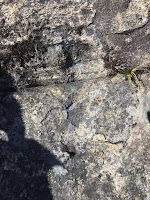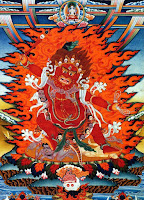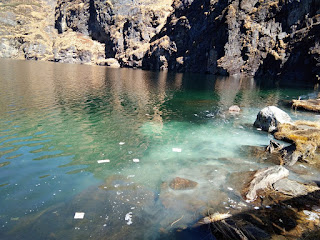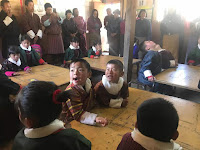Dechenpelrithang, the forgotten place of the True son.
Pema Lingpa, the true son of Bumthang and one of the great five kings of the Tertons (Tresaure The stupa Revealers) was born in the year 1450 to Yab Dendup Zangpo and Yhum Pema Dolma. He was born on the fifteenth day of the second month of the male iron-horse year. His birth was marked with many auspicious signs and thus, the great Terton was born. Terton Pema Lingpa, during his early days, spent his time with his grandfather who was a blacksmith. He, thus picked up the skill and mastered it. According to records, Pema Lingpa experienced an unusual dream twice. The first dream was experienced when he was just twenty five years. The prophetic dream was experienced two years later, on the tenth day of the second month of the Monkey year, while he was asleep near Mani Goenpa. A voice from shabbily dressed monk awakened him and handed him a scroll. Without a slightest knowledge, Pema Lingpa was urged to read as a key to decode the predestined Terma (Treasure). Wish-fulfilling chorten




